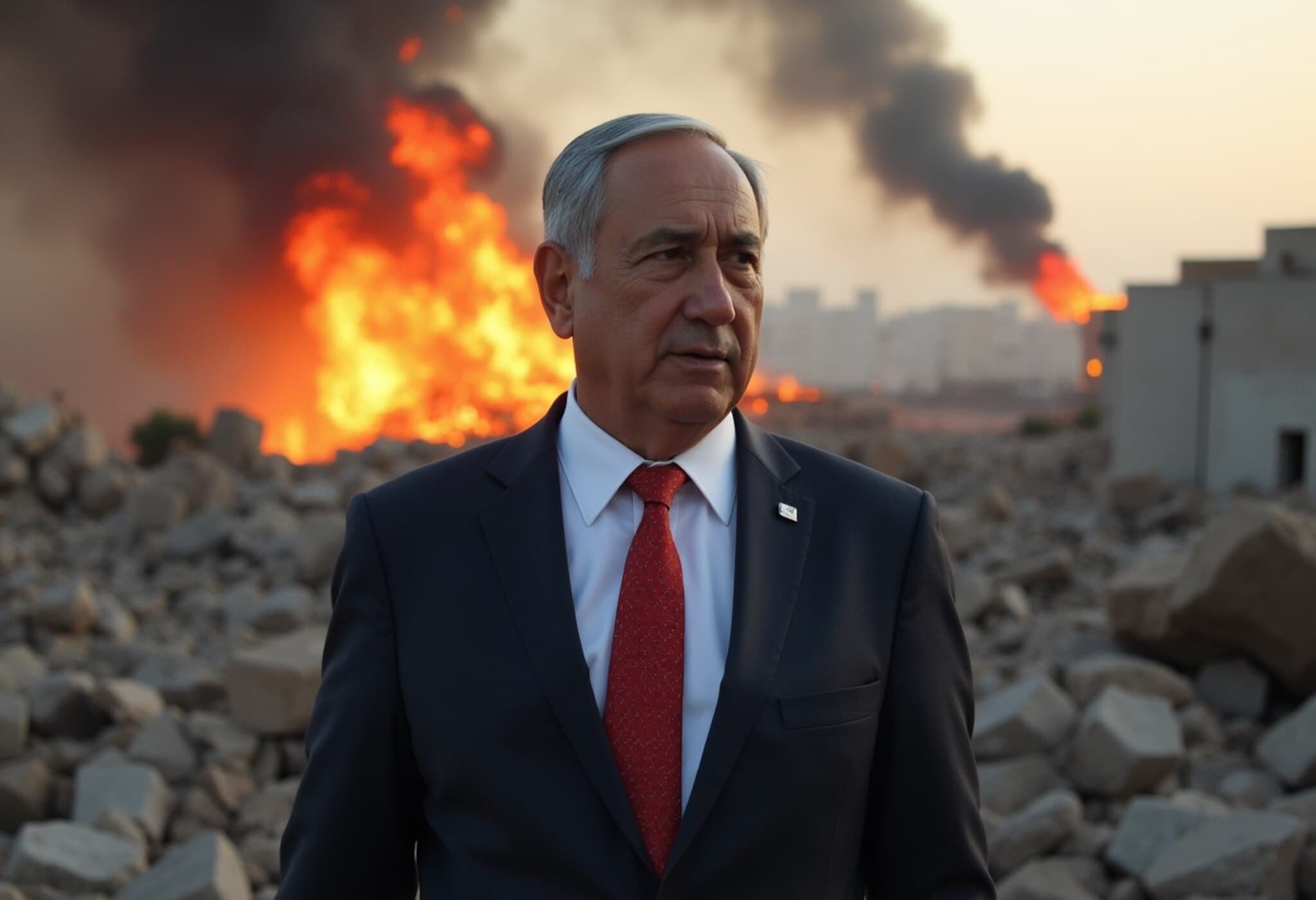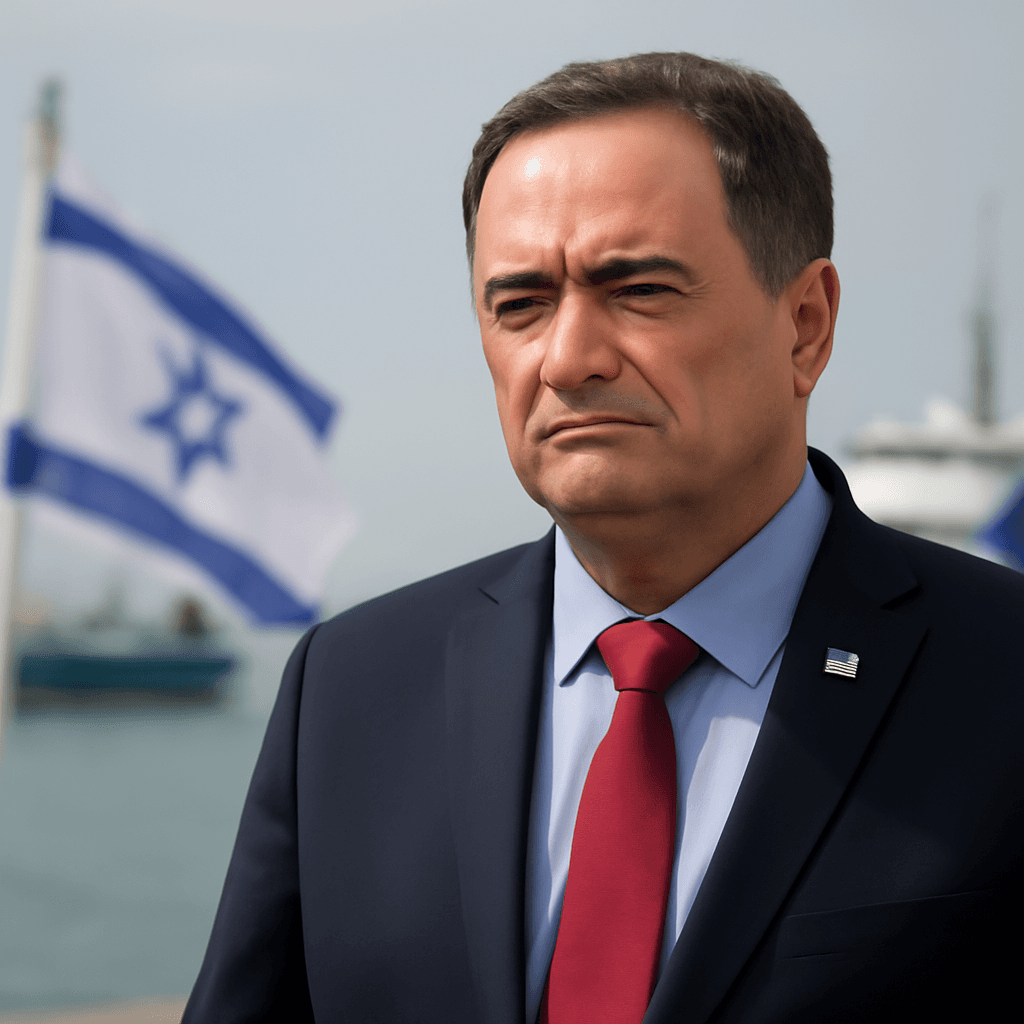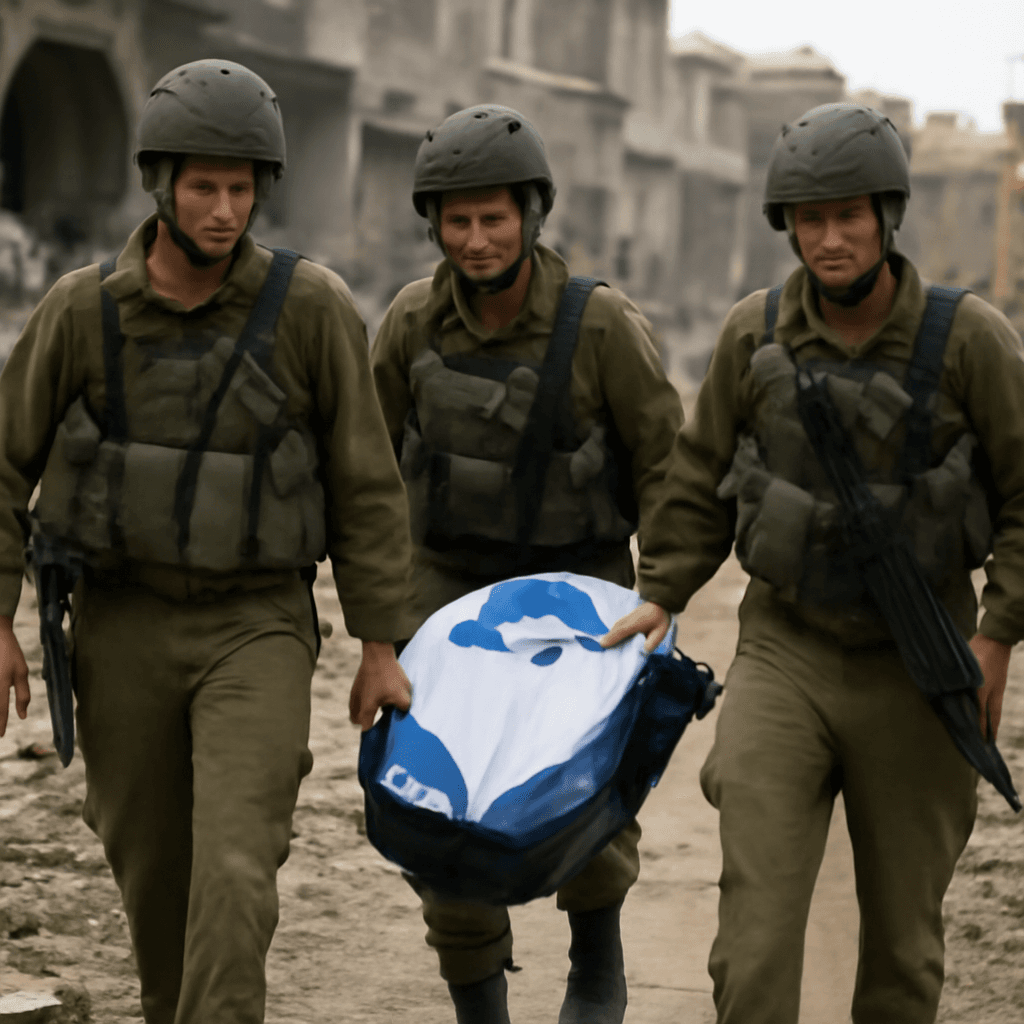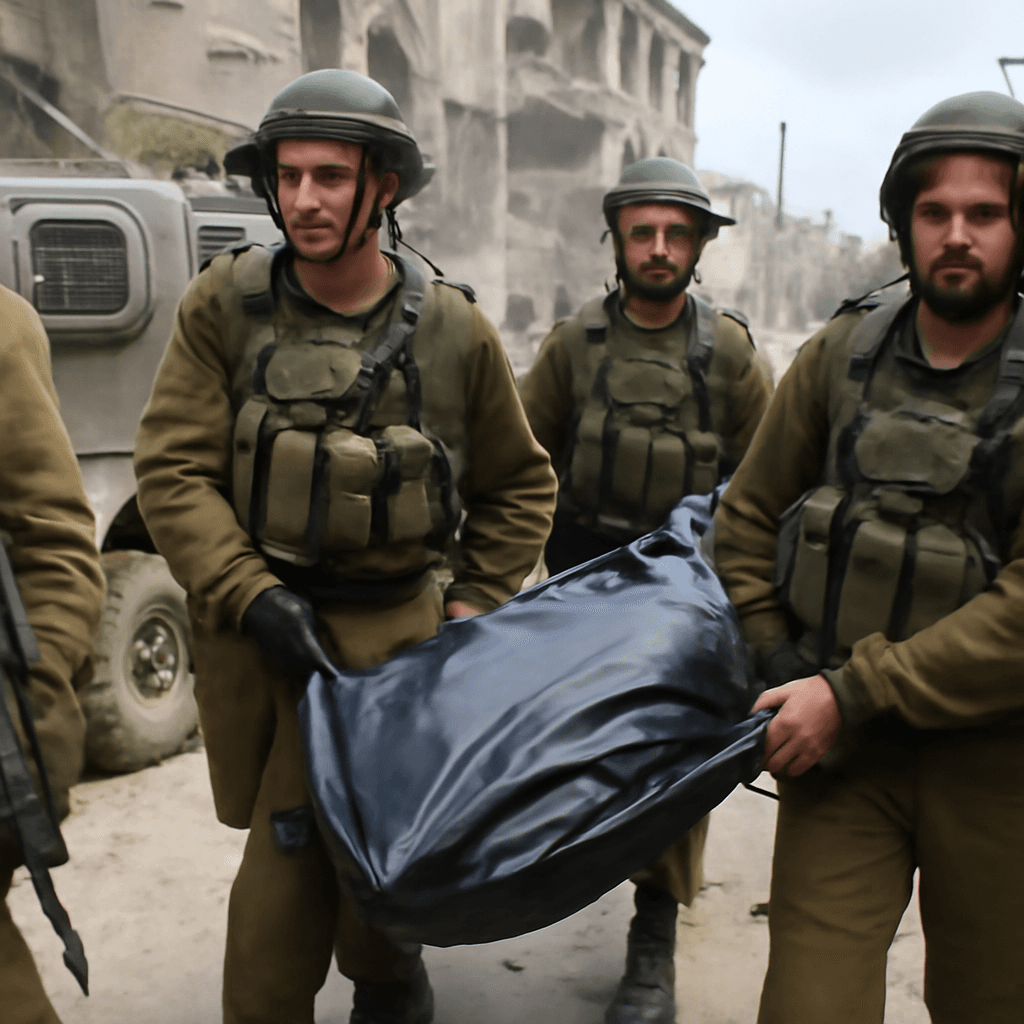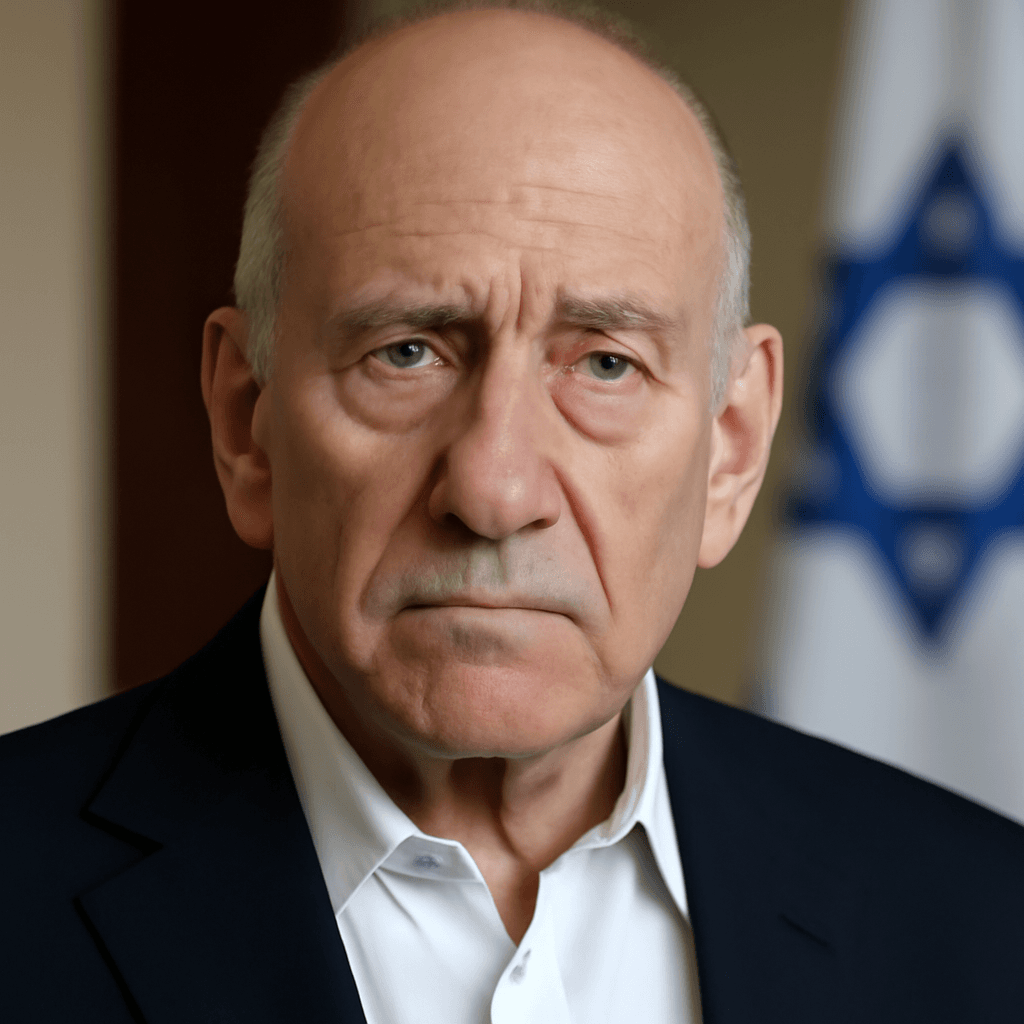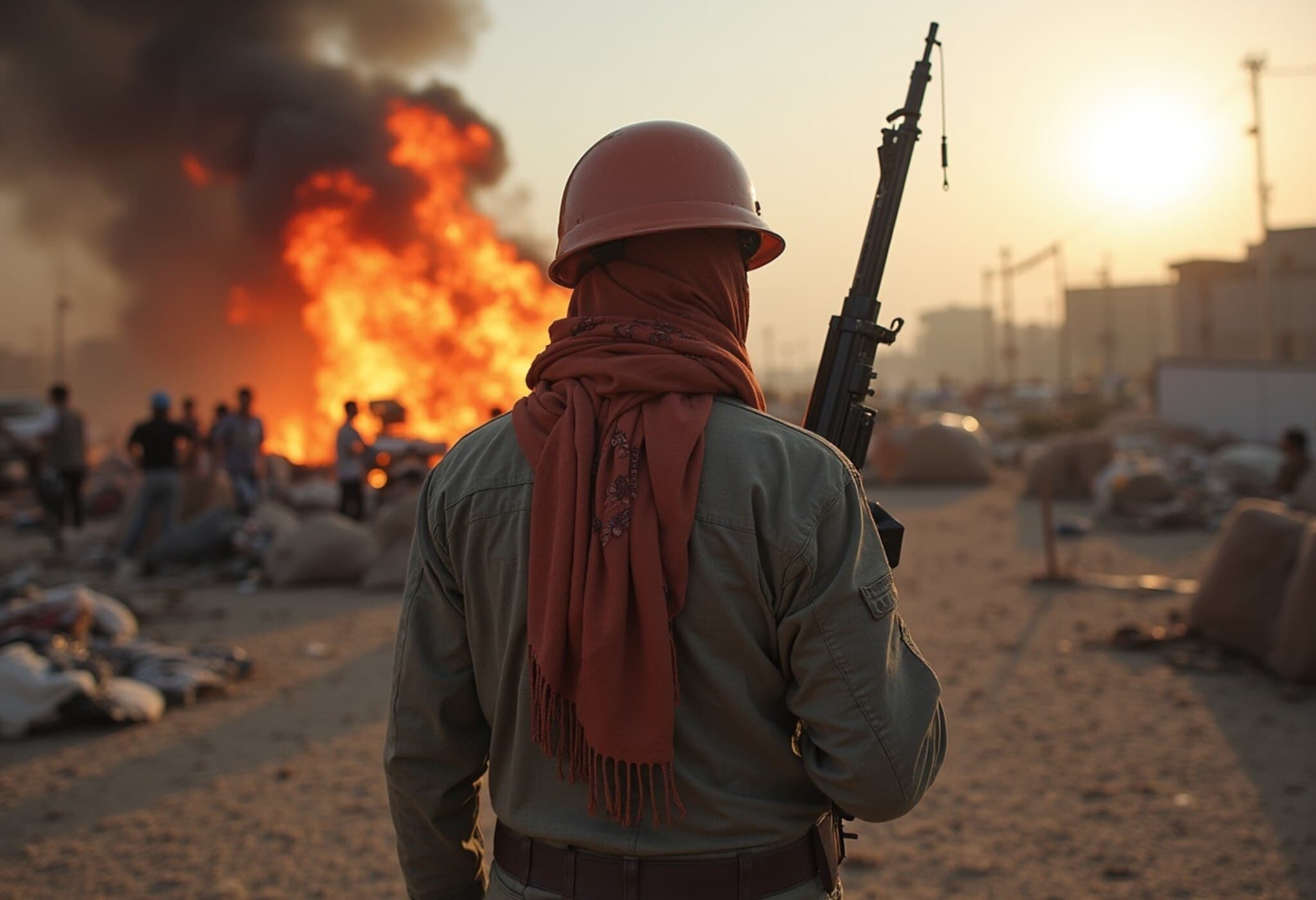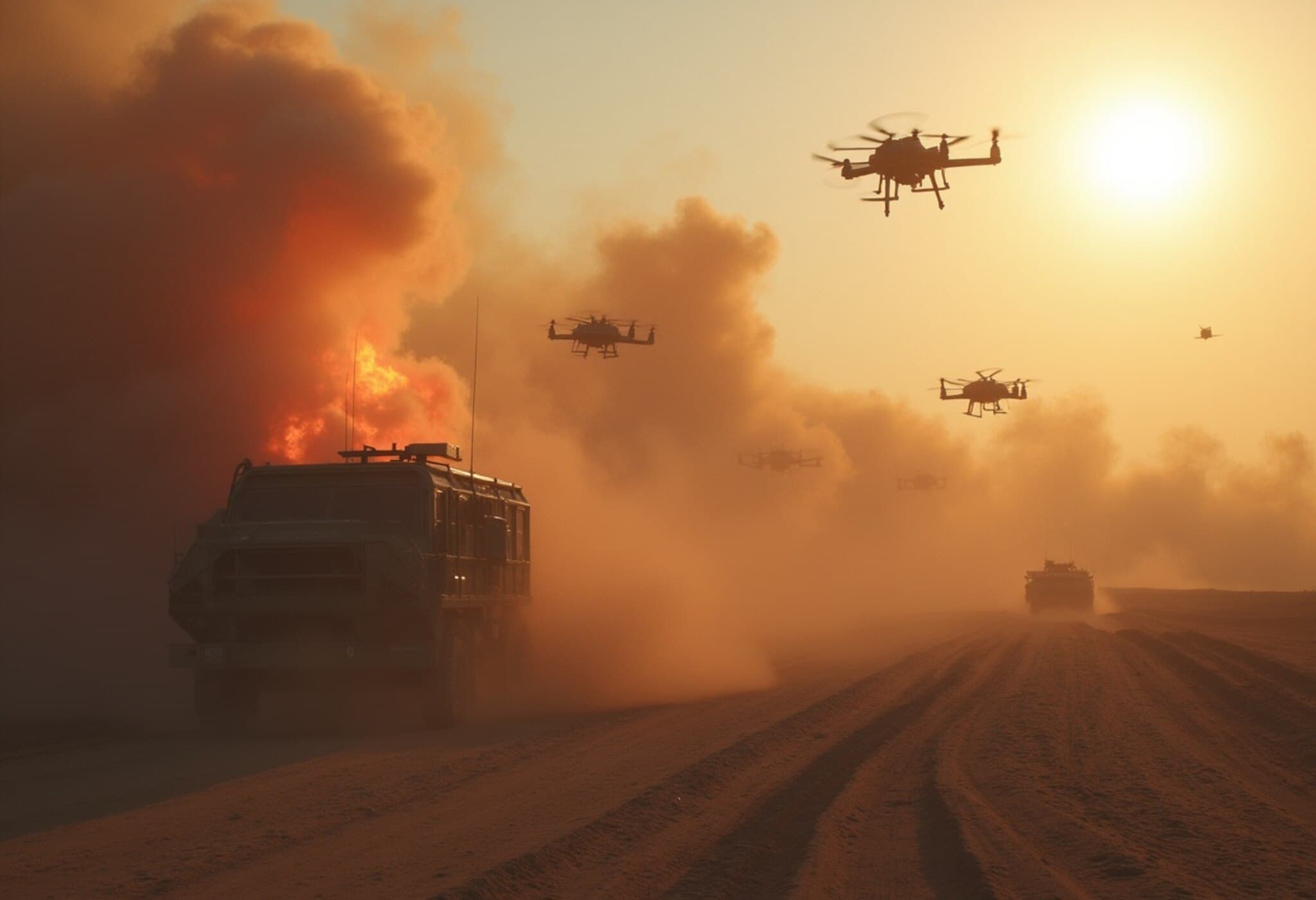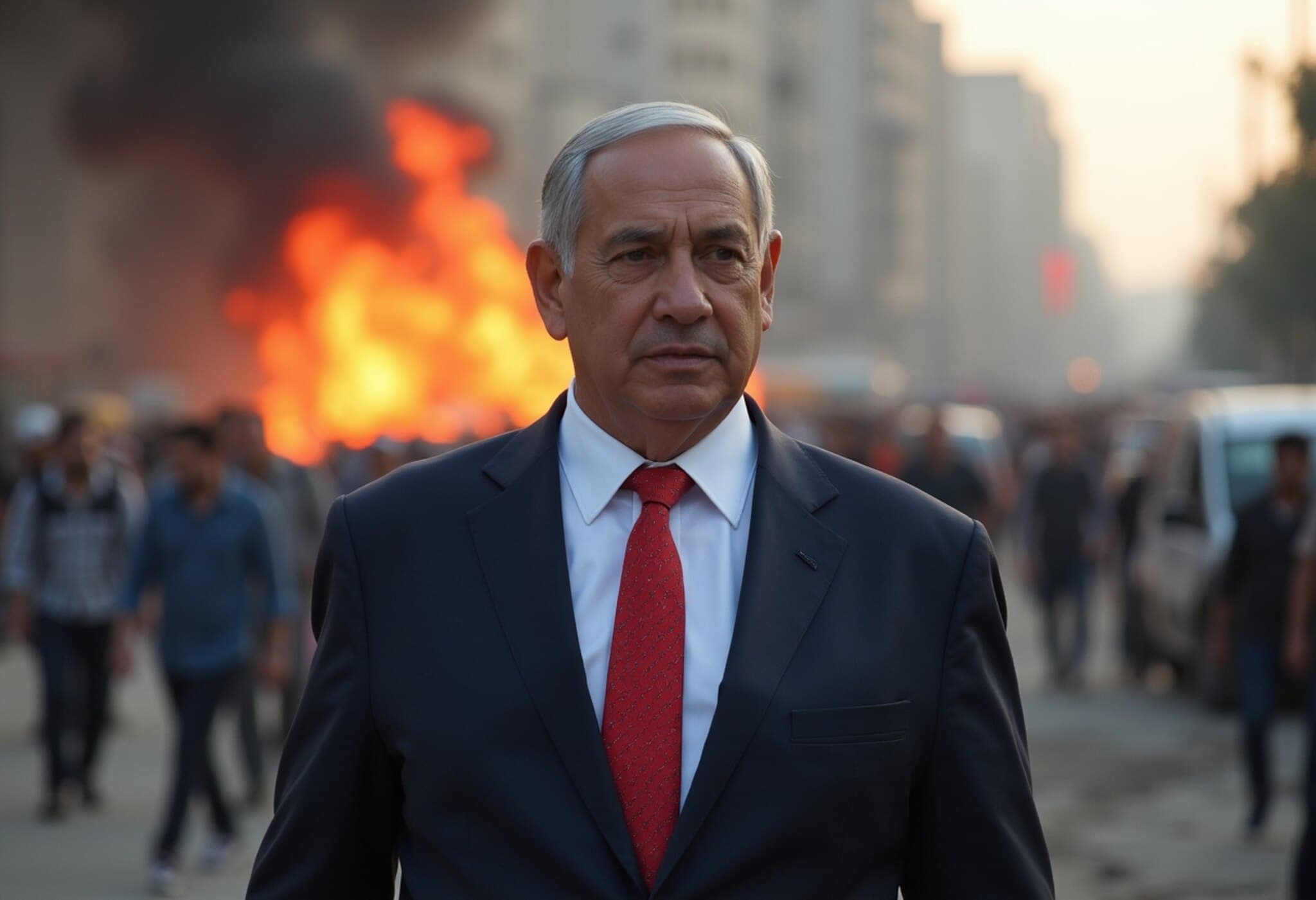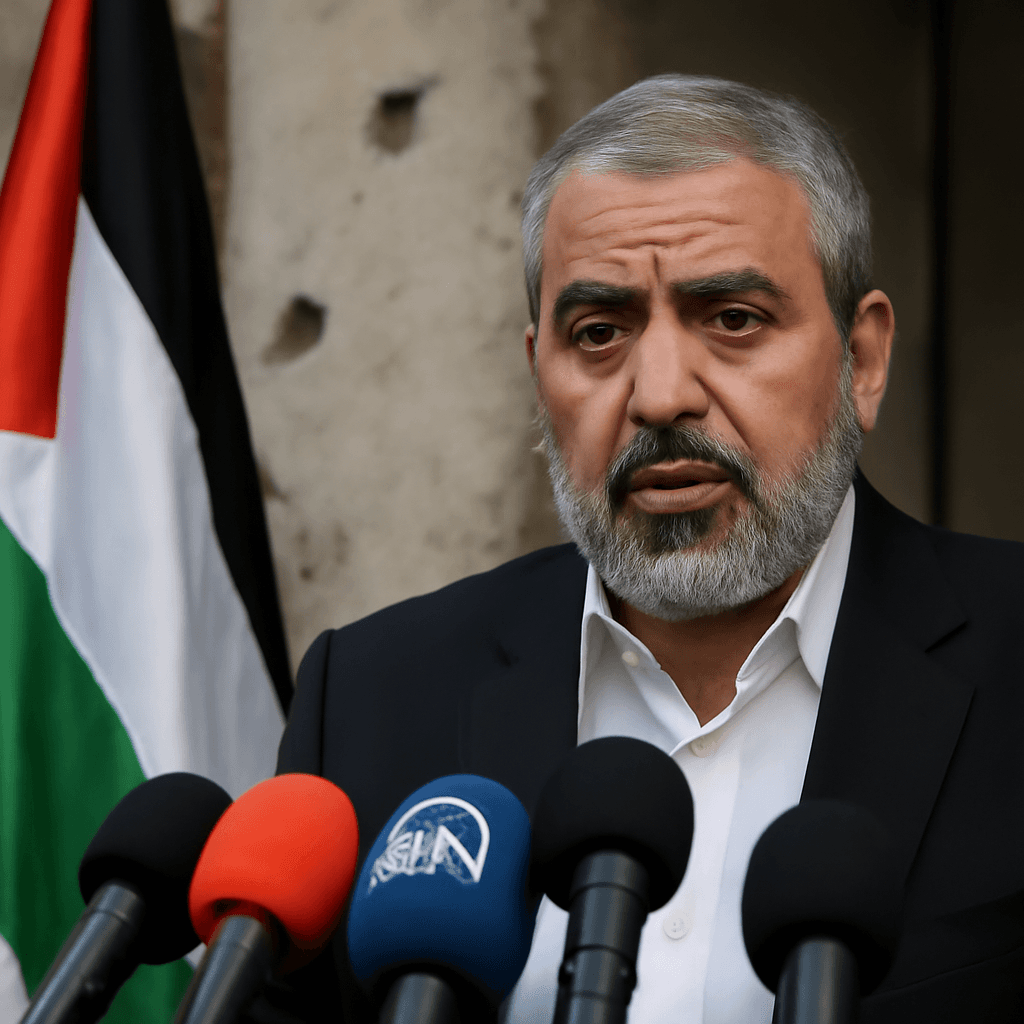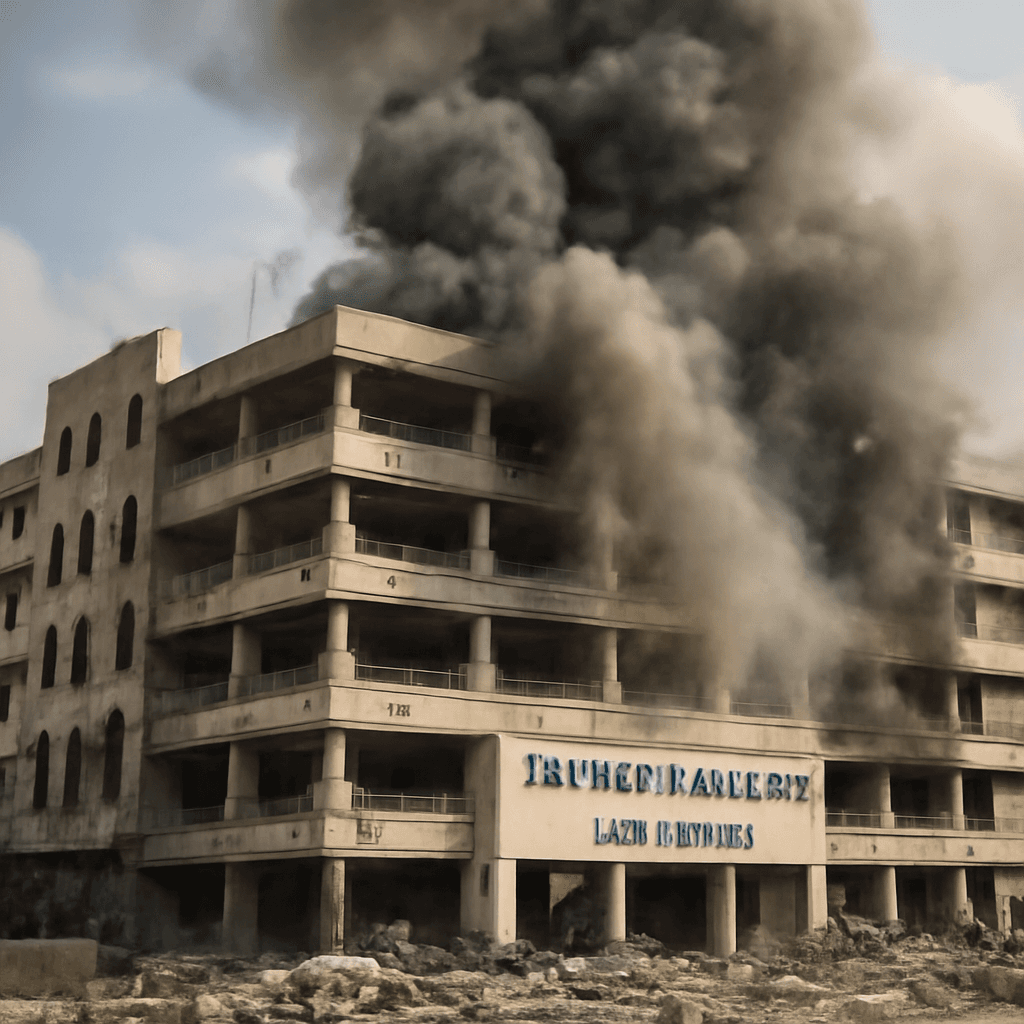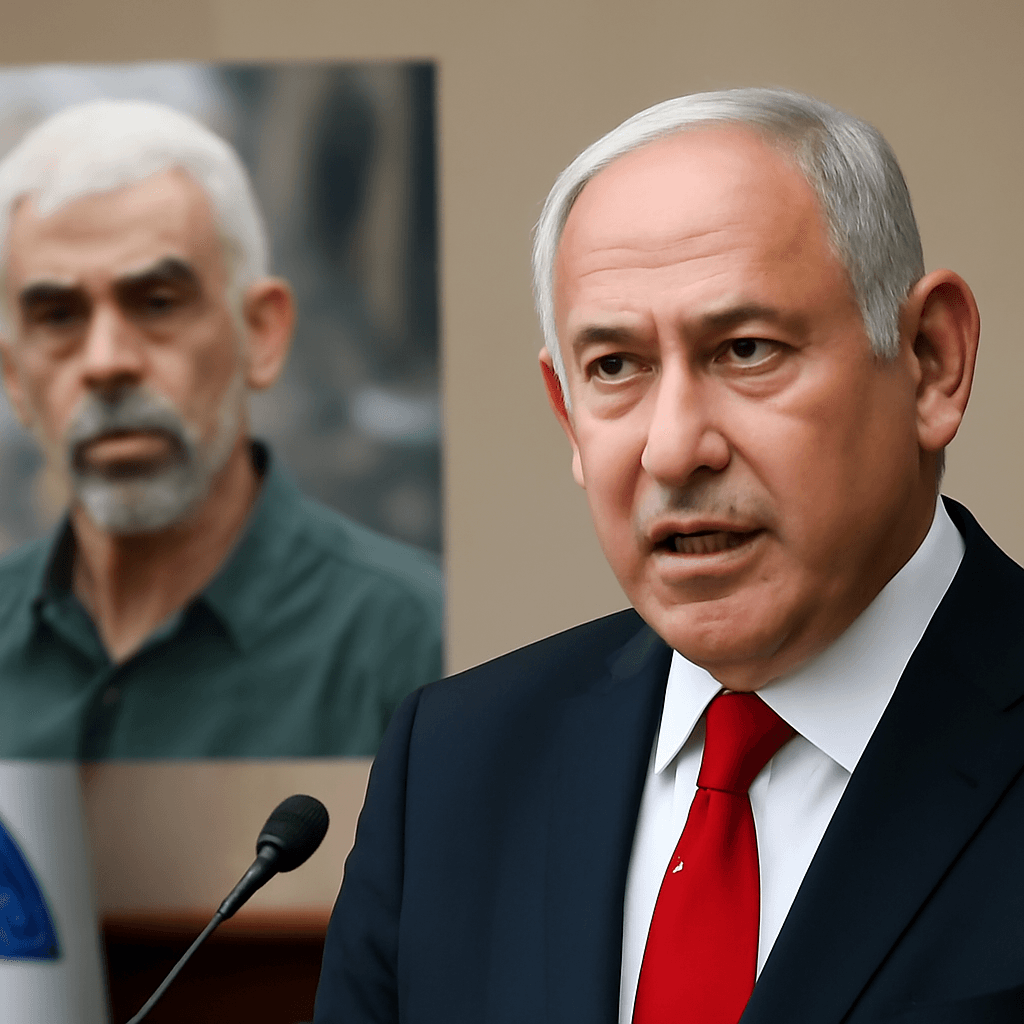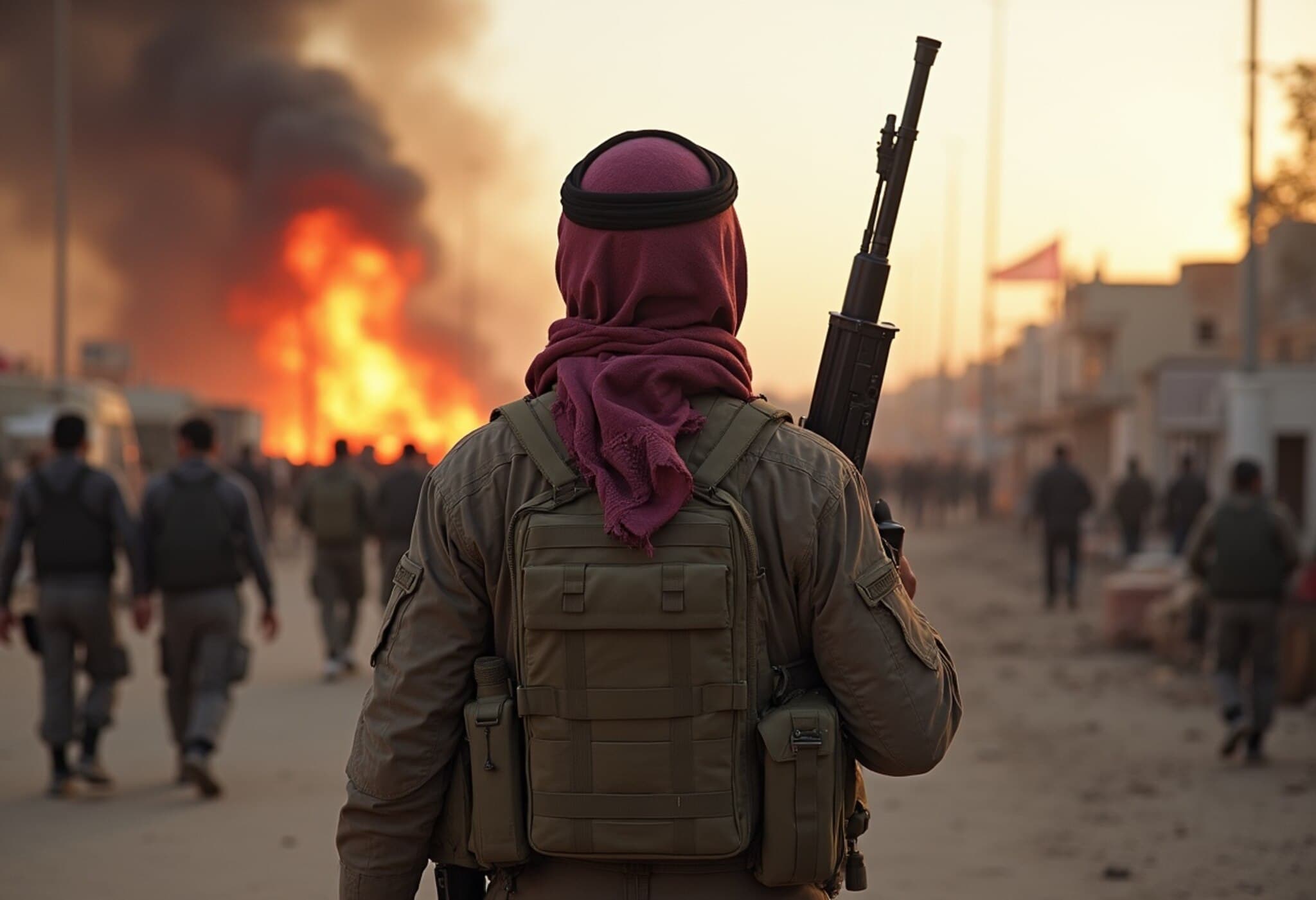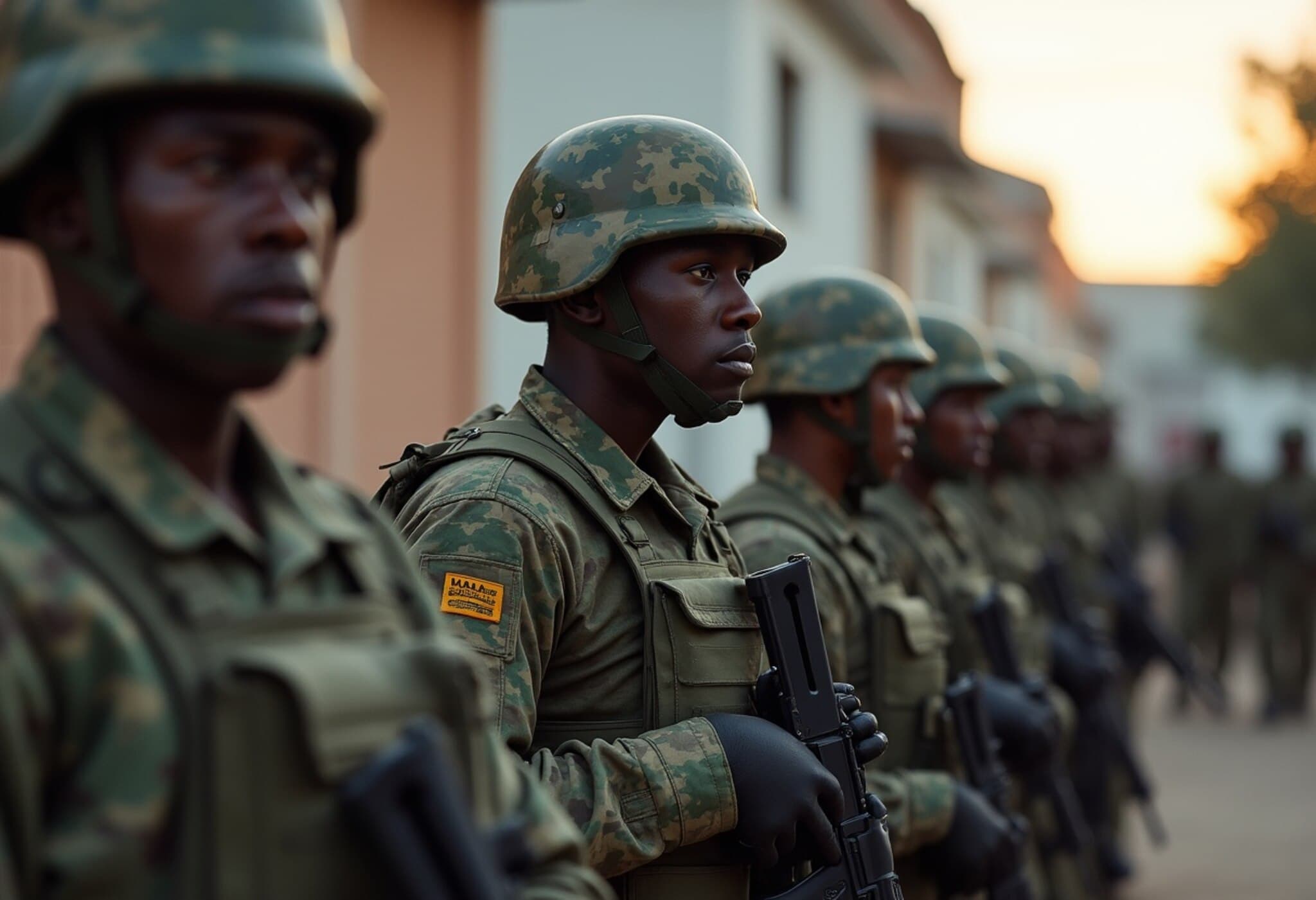Israel Evaluates New Strategies Amid Deadlock in Gaza Ceasefire Talks
On July 25, 2025, Israeli Prime Minister Benjamin Netanyahu announced that Israel, alongside its U.S. allies, is exploring "alternative options" to achieve a ceasefire with Hamas after negotiations in Qatar reached an impasse. This development comes against a backdrop of worsening humanitarian conditions in Gaza, where over two million people face escalating hunger and malnutrition-related deaths.
Stalled Talks and Rising Humanitarian Pressure
The ceasefire negotiations, brokered with the involvement of the United States and held in Doha, have faltered after both Israeli and American delegations withdrew. U.S. envoy Steve Witkoff sharply criticized Hamas for lacking the willingness to agree to a truce, signaling a reassessment of Washington's diplomatic approach without revealing concrete next steps.
Echoing this stance, Netanyahu described Hamas as "the obstacle to a hostage release deal" and emphasized coordinated efforts with the U.S. government to bring hostages home, end Hamas’s militant control, and secure a lasting peace for Israel and the wider region. However, Israeli officials have not confirmed whether negotiations are expected to resume soon.
Humanitarian Crisis Intensifies in Gaza
The deteriorating situation in Gaza has attracted mounting international concern. More than two dozen Western-aligned nations and over 100 humanitarian and human rights organizations have condemned Israel's blockade and new aid delivery mechanisms for failing to meet the urgent needs of Gaza’s population. Many relief workers report struggling to obtain sufficient food to distribute, exacerbating the suffering.
In a notable diplomatic gesture, French President Emmanuel Macron announced that France would formally recognize Palestine as a state, underscoring the urgency of halting the Gaza conflict and saving civilian lives.
Perspectives from the Hamas Side
Contrasting with Israeli and U.S. criticisms, Hamas official Bassem Naim stated that the Israeli delegation had temporarily returned home for consultations but was expected back early next week to continue negotiations. Naim contended that recent discussions had yielded progress on key issues, including ceasefire agenda-setting, guarantees for ongoing talks, and mechanisms for delivering humanitarian aid.
However, the parties remain divided on fundamental points. The proposed terms involve an initial 60-day ceasefire, phased release of hostages—10 living and remains of 18 others—in exchange for Palestinian prisoners, and increased humanitarian aid, with eventual talks on a permanent ceasefire. Hamas demands a full Israeli withdrawal and an end to the war before releasing all hostages, whereas Israel insists that the conflict cannot conclude until Hamas relinquishes power and disarms.
The Human Toll and Continuing Conflict
The negotiation deadlock takes a heavy human toll. Approximately 50 hostages remain in Gaza under Hamas’s control, with fewer than half presumed alive. Families of hostages endure agonizing uncertainty amid sporadic talks. Yehuda Cohen, father of a captive son, expressed his hopelessness, questioning when the nightmare will end despite intermittent negotiation efforts.
Meanwhile, military strikes by Israel continue unabated across Gaza. The Gaza Health Ministry reported around 80 fatalities since Thursday night, many linked to airstrikes. A tragic incident struck a school sheltering displaced civilians during Friday prayers, killing at least five people, including a child, further fueling international alarm.
Expert Insights and Policy Implications
From a policy perspective, the deadlock highlights the complex interplay between military strategy, humanitarian imperatives, and diplomatic negotiations in an entrenched conflict. The contrasting objectives of Israel and Hamas underscore the difficulty of reconciling security concerns with humanitarian needs.
For the U.S., balancing its strategic alliance with Israel and its role as a mediator places Washington in a delicate position amidst increasing international calls for ceasefire and humanitarian access. The Biden administration’s successor, the Trump administration—mentioned in the original content—reflects the enduring challenges U.S. administrations face in navigating Middle East peace efforts.
Additionally, the recent recognition of Palestine by France points to shifting European dynamics, potentially influencing broader international diplomatic strategies.
Looking Ahead: Questions and Challenges
- Can the ceasefire talks overcome deep-seated mistrust and firmly address security and humanitarian concerns?
- What alternative diplomatic or tactical approaches might Israel and its allies explore to break the current impasse?
- How will escalating humanitarian disaster in Gaza affect regional stability and international involvement?
- What role can international organizations play in enhancing aid delivery amid the blockade?
Editor's Note
The unfolding Gaza crisis presents a stark example of how protracted conflicts trap millions in cycles of violence and deprivation, with diplomatic solutions proving elusive. Netanyahu’s announcement signals neither surrender nor escalation but a search for new pathways amid a stalemate. For readers, this story is a reminder of the urgent need for balanced strategies that prioritize human dignity alongside security interests. The continuing humanitarian crisis fuels questions about the efficacy of current measures and the international community’s responsibility in mitigating civilian suffering.

